
Salman Toor has captured the imagination of his generation. The millennial Pakistani-American painter‘s ability to swirl desire, loneliness, warmth, and sensuality into one scene have earned him a cult following and near universal acclaim from the art establishment. His largest exhibition to date, “Wish Maker,” opened May 2 across Luhring Augustine’s Chelsea and Tribeca galleries. The Chelsea space, where lines snaked around the block on opening night, features new paintings; the Tribeca show is the artist’s first dedicated presentation of works on paper. The two-venue moment is Toor’s first major presentation in New York since his solo exhibition of green-hued scenes at the Whitney Museum of American Art in 2020, which shot him to art stardom.
Early in the morning, exactly one week before the new show opened, Toor bid farewell to the collection of work he’d spent more than two years making. The paintings were carefully packed up and moved across the East River from his Bushwick studio to Manhattan. CULTURED contributor and Toor’s personal friend Adam Eli visited the artist at the studio to see how he was feeling ahead of this pivotal moment in his career.
Adam Eli: How’s it going? How are you feeling?
Salman Toor: Good. I haven’t been this free for like two years.
Eli: This is a pretty prolific outpouring of work. Maybe the most significant since the Whitney show in 2020. How are you feeling with the show a week away?
Toor: I always feel a certain way when paintings leave the studio. I get attached. Some of them I’m very proud of, and I like looking at them every day when I come to the studio. So it’s a bit lonely without them.
Eli: What do you mean by lonely?
Toor: To me, painting consists of some moments that are magical and miraculous beyond reason. In the good moments, something incredible and unexpected can happen in a very short period of time. To have a record of that in front of me when I come into the studio helps me believe that I can do it again. When I do a painting that I love, it is miraculous and amazing but it doesn’t happen often. But when it does, that’s the reason I want to paint again. So, I like to keep the finished paintings around as a reminder.
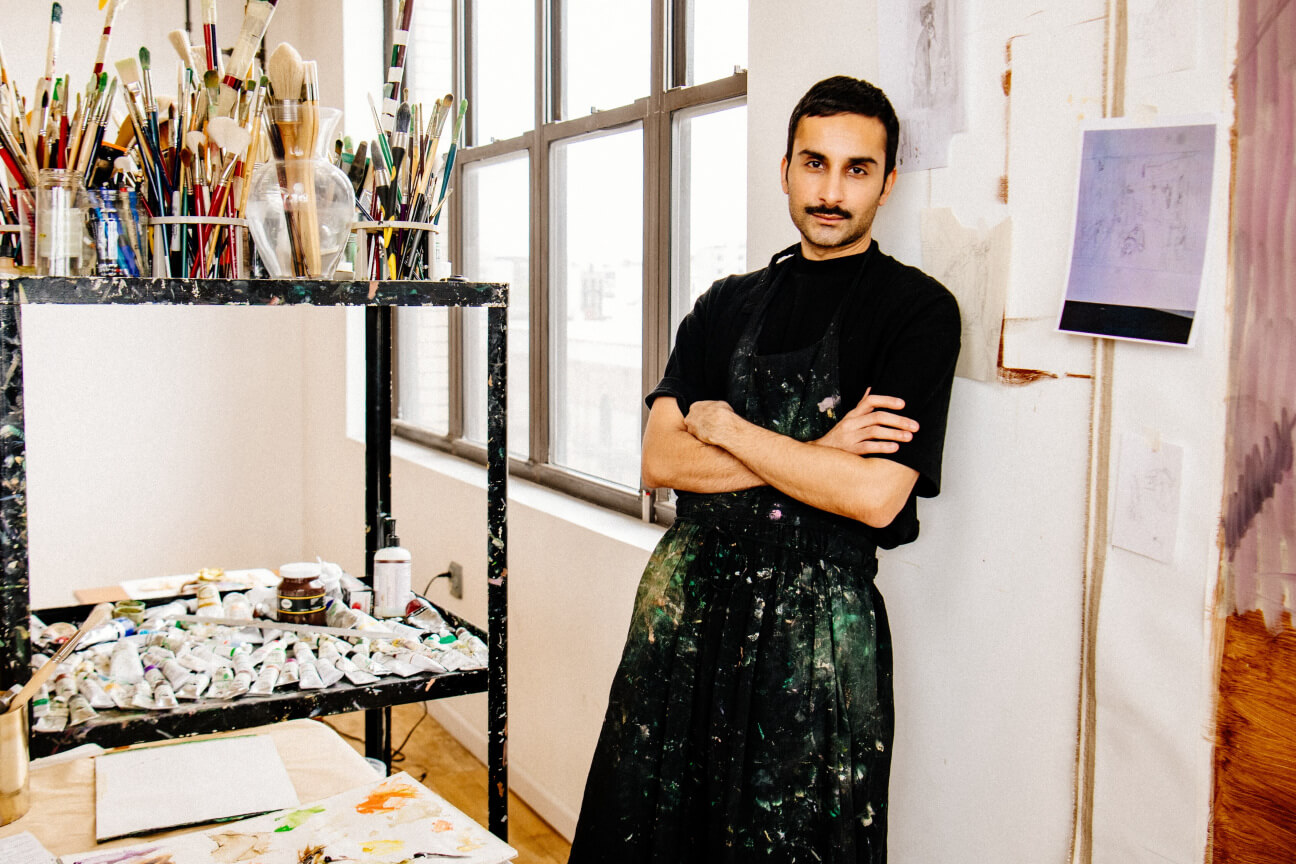
Eli: I feel like what really sets you apart is your confident and resolved line, hand, and palette. You can see it in every painting. I can tell that a painting is yours from across the room. You’ve created this identifiable style, but it doesn’t seem to hem you in. It’s like a writer finding a clear, distinct voice. How did you develop and refine that?
Toor: I think it came from a desperate need to come out as queer through painting. I feel like the paintings I did before 2014 were only speaking to communities in South Asia. They were more coded and about the technical prowess I was learning by going to museums. By 2015, I needed more. I had so many ideas but was only doing about 15 paintings a year because many would get scrapped. Some would curdle in my mind because they took too long.
I wanted to paint stories for myself and quickly. These weren’t painted for a show and they stayed in my studio for three or four years. I kept collecting them because they made me feel really good. I was almost thinking about the protagonists of a miniseries—what a still from a show about us would look like. I’d already spent 10 years replicating Old Master surfaces in my studio. So I abandoned that way of working. When I worked quickly and made quick decisions, an imaginary painting style developed. That was exciting because I could see it happening. My head and hand could do this. I didn’t realize that I had learned all this from looking at older work. My hand could work in an abstract, modern way. I could work quickly enough to think out loud and paint.
The style, as you’re talking about, encapsulates some of the love I feel for the material itself. It’s done very wet-on-wet. It’s goopy. You make a mess and try to control it. That’s what painting is to me: trying to control a big mess. The bigger the painting, the bigger the mess.
Eli: And the green? When did the green start? What’s going on with the green?
Toor: The green was a completely aesthetic decision I made in 2018, although I’d had the idea for a while. I did a small painting with green and was like, Oh my God, I have to do more big things like this. But it’s not something I’m married to forever.
Eli: What about the green do you like?
Toor: If I had one word to describe the most important quality of the color for me, I’d say it’s nocturnal. It is the poisons of the night. I love a green night.
Eli: At some point last year we had dinner, and I asked how your day was. You told me that you had a great day painting, and I asked what you were working on. You said, “Oh, I was just painting for myself.” What did you mean by that?
Toor: There are some paintings that I create knowing that they won’t be in a show or shown to anyone really. As I paint for a couple hours or many hours I’ll be thinking about people I really love or something mundane or something nostalgic. This summer, I don’t want there to be a reason that I’m painting. Whereas in the past two years there has been a reason, I’ve been working for a show.
Eli: What’s the difference between painting for yourself or painting for a show?
Toor: Well, painting for myself is more fun. For myself, I paint things that American viewers may not understand. I paint nostalgic moments from my life in Pakistan that won’t really resonate. They are private, almost.
When painting for a gallery show, I include moments and politics that are comprehensible on a global scale. This show moves in between two types of paintings. One is very narrative, like scenes from a graphic novel that are only missing the speech bubbles. Then there are allegorical paintings that exist outside of time.
Eli: Today we are talking about three paintings and I feel like maybe you’ve given me both options here to talk about.
Toor: Yes. Collection, Late Night, and Dead Dad Puddle.
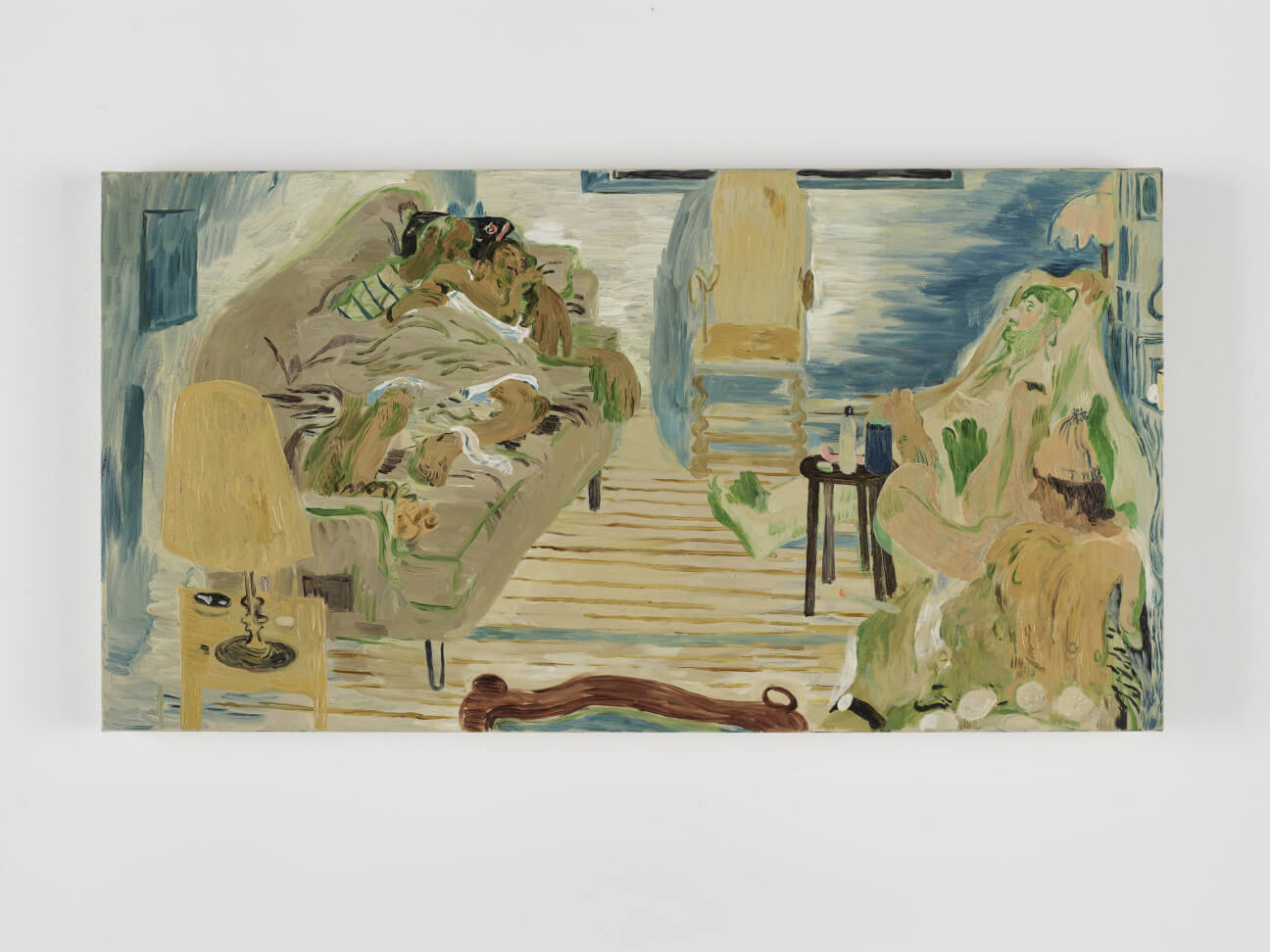
Eli: Tell me about Late Night. It feels like a scene I have been in many times, a scene that I am used to.
Toor: Yeah, this painting works for me on two levels. The aesthetic part of my brain is just making objects that I really love to paint like pieces of furniture, a thrift-store lamp, and floorboards. These are the sort of creature comforts that I am very attached to when making a nest for myself.
When I started doing these kinds of gathering paintings—of friends and sort of chosen family, community—I made them very cozy and comfy pictures because they made me feel sort of fuzzy inside. At the time I didn’t understand it, but I now know that I was creating safe spaces for myself.
Another driving force behind these cute domestic paintings are the conversations being had in them. I imagine that I’m depicting conversations that are common among marginalized people and communities. They are the types of conversations that happen when things get really bad. “What are we going to do? Where are we going to go? Do you have a plan B? Are you going to leave if something catastrophic happens? What is that line for you?”
But I also imagine that the conversation depicted could be between artists talking amongst themselves in an insider sort of way. Comparing the queer, BIPOC and diasporic art that we love or don’t. I guess I’m going too far with this. The studio is where I make meaning. But once it leaves the studio, it has a life of its own, and it’s just a picture on a wall.
Eli: Within some of your work, this piece included, you can see parts of your painting process. There are certain aspects of the painting that might not be finished, which is part of the pleasing whole. But it looks like the lampshade, as well as the chair, could be seen as underpainting.
Toor: I’m a huge fan of underpainting. There is an Old Master technique called grisaille painting—it’s kind of like gray-skin painting, almost like a sketch, a value-based image that’s made before color is added. It’s kind of washy, just like a map of contours and light and dark. I enjoy leaving parts of the painting kind of washed out and bald, because the painting is also kind of a drawing—I’m drawing with the brush. I enjoy, in historical and contemporary work, seeing gesture and movement, the trace of it. I don’t like to cover that up. I want that to be enjoyed.
Eli: How do you know when you’re done?
Toor: I’m almost never done. I’m kind of glad the paintings in the studio have been taken away because it’s difficult to know when it’s done. It’s hard to describe. That moment isn’t precious or important to me. I don’t feel like “Ah ha!” I’m not really conscious of it. I just think, It’s done, and then I look at it, take a picture, and make it face the wall.

Eli: Earlier we were talking about the quotidian versus the allegorical. It feels like Collection would fall into the allegorical category. I spent a while looking at it with my partner, and we came away feeling like maybe we were in a museum of sorts.
Toor: That’s right. It’s a kind of surreal sculpture space. I’m revisiting this theme—I’ve done it several times. There’s something fun about making up historical works of art like busts, sculptures and gravestones that don’t actually exist. Then, I wanted there to be this almost intruder in the museum. An aberration. An unlikely sort of hobo-slash-ancestral spirit, quietly looking at this pile of things I call a fag puddle.
Eli: Yes, lets talk about the fag puddle. There are many of them in the show. What is a fag puddle?
Toor: A fag puddle is an exhausted heap of treasure and blunder, with lots of gay limbs in it. They’re often filled with objects that I like to paint: socks, candles, feather boas, books, laptops, wires. The limbs are tubular, usually hairy and sort of represent the rupture or fracture caused by growing up in systems that don’t support you. There’s something about abandonment in it, in the pile, in the fag puddle. There’s something fabulous and exhausting about the heap to me.
Eli: There is another puddle you pulled for us to talk about, Dead Dad Puddle. It has a very different tone.
Toor: I have been thinking about the piles of bodies we’ve been seeing on the news and on our social media. And I was remembering the sort of Middle Eastern patriarchal faces of father figures. They are somewhat like my own father figure that I grew up with—a super macho man who offered a very hard kind of love and protection.
On the one hand, I was thinking of the now dead heads of families. But I was also thinking of the figures within the traditional Islamic world that I had a tough time with when I was growing up there. I just felt sad, but also slightly funny, because they’re sort of clownish. Some of them have clown noses. They have that ultimately dire look of the dead—just rotting. So I guess it’s almost like, I’m thinking of foreign policy and the atrocities it leads to, but I’m also thinking of the memories of fathers that so many queers have. And traditional father figures from traditional systems.
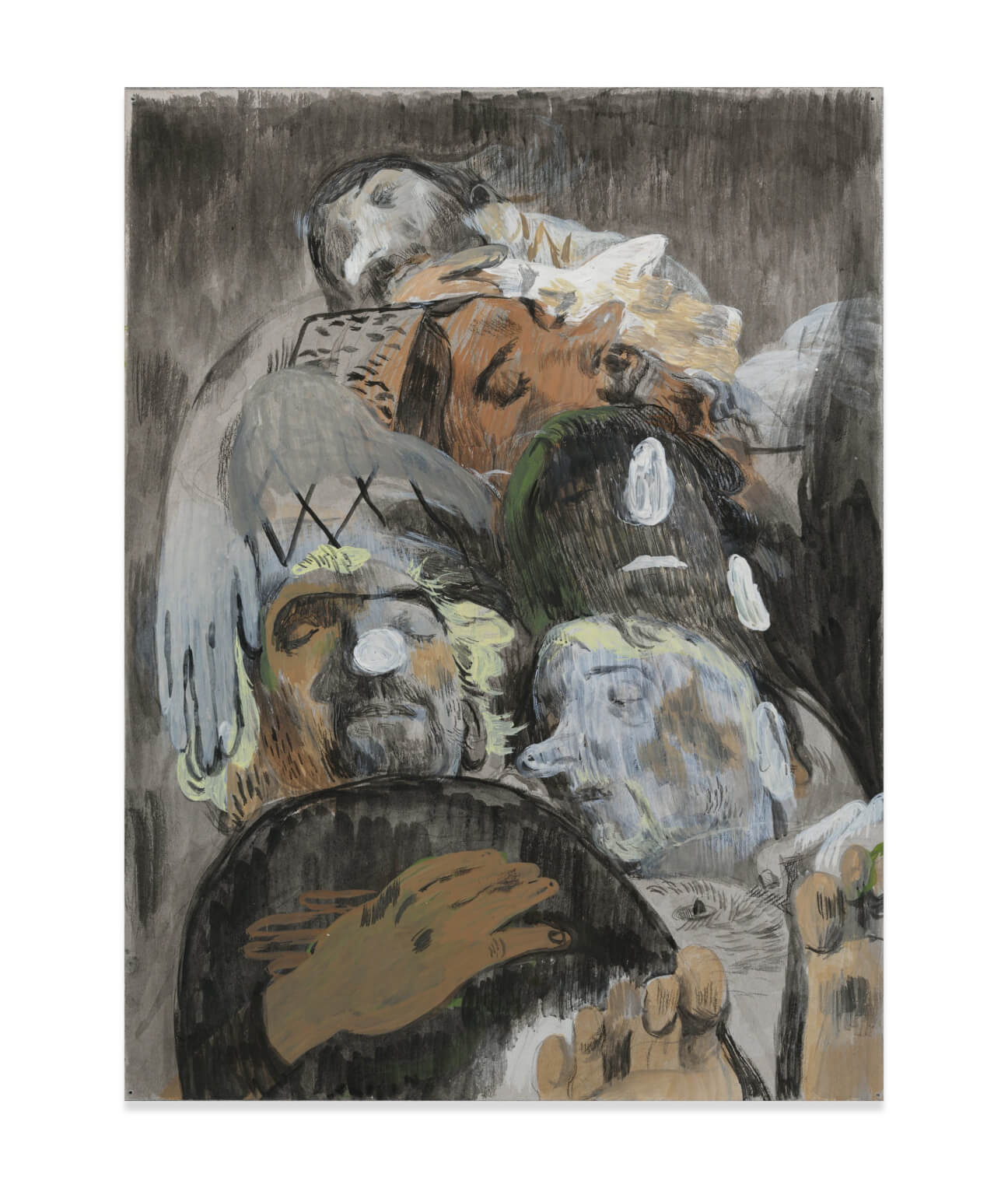
Eli: Puddles aside, my partner and I also noticed that in multiple paintings your subjects are only wearing one shoe or one sock on. What’s going on with the one shoe, one sock?
Toor: One shoe is better in painting than two.
Eli: I want to know more about the role of costume, clothing, adornment, and masks in your world. I feel like the costumes indicate different time periods and function as blending time.
Toor: I mean, in a nutshell that is what I’m doing. But also, I just like painting costumes, to be honest. I just think there’s something delicious about painting a sneaker while moving in between traditional painting language and little pools of abstraction.
I’m also always thinking of hybrid costume. Until high school, I grew up in the non-Western Islamic world and everything was just more mixed. Everything from expressing your intersecting cultures to a particular way of wearing a hat was more fluid. Pairing a shalwar kameez with jeans. I feel like the hybridity of costumes has something to do with how I think. I think like a more culturally mixed person. I feel like I live in between cultures, which I love.
Eli: And you also kind of live in between times. You and your paintings have the feel of an old-world sort of artist. So much of your work and references are rooted in the 17th and 18th century. But, a gay can leave the Eagle, walk four-and-a-half blocks into your show, and immediately say, “Oh, that is me on the wall.”
Toor: Thank you. I want all of history to belong to us, to all of our marginalized communities, and that doesn’t always happen when you go to museums. The thrill of making a painting for me is that the images are going into a slipstream that becomes bigger and bigger. Paintings are physical objects. They start making their own context, which is the most amazing thing that a community can do for itself.

Eli: Speaking of context, what was in your world as you created this show? Who or what were you looking at? What music did you listen to?
Toor: I have stopped listening to music while painting.
Eli: Do you ever think of other mediums like sculpture, photography, set design?
Toor: I’ve thought of sculpture and that’ll probably happen. It might be completely shit. I don’t know, but I’m going to try. Even video. I’m interested in everything. But painting takes up so much time. For me to be in the studio for eight hours, it’s not really that long. I have to cancel everything just to be here and be bored. Then something happens. Painting takes over everything. I’ve done this long enough to understand that and I’ve made peace with it.
Eli: How so?
Toor: It’s hard to compartmentalize. It’s not like, One hour of emails, then two hours of studio. If I come here, I need at least six hours with nothing in the way. My close friends know that I don’t make impromptu plans. I’m mostly here. But I hope to make time for experimenting with other things too.
Eli: If my entire day is free to write except one 15-minute call at like 4 p.m., then the entire creative day is ruined.
Toor: Exactly.
Eli: What’s that about?
Toor: Anything in the future—it looms large. Just get out. Cut it out. The future becomes defined. It ruins the possibility. And if you have some plan in the future, it means you don’t have faith it’s just going to work out, that you will have that magic moment and make the best work of your life today.

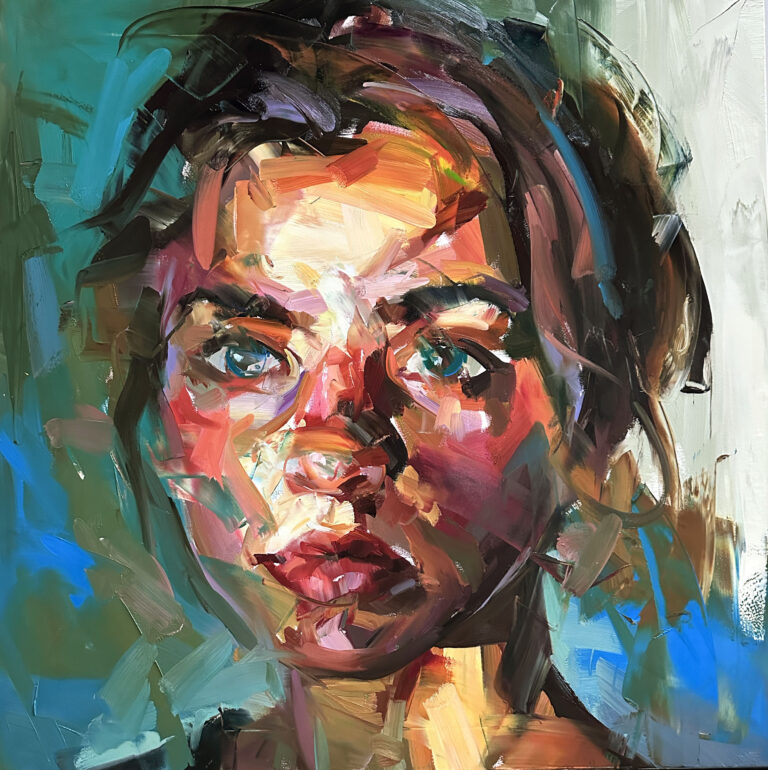

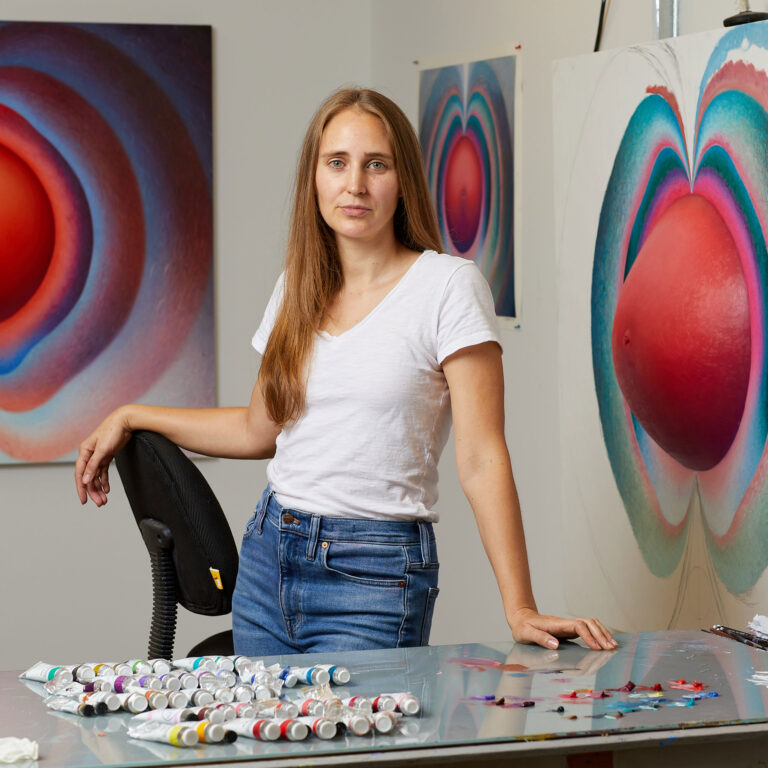
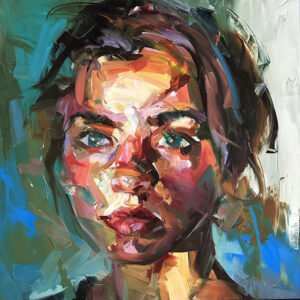
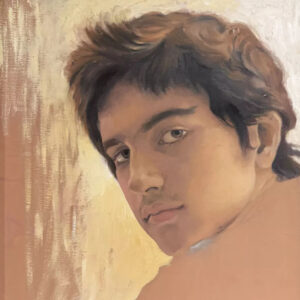
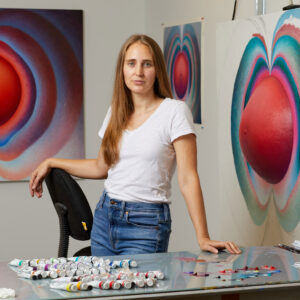

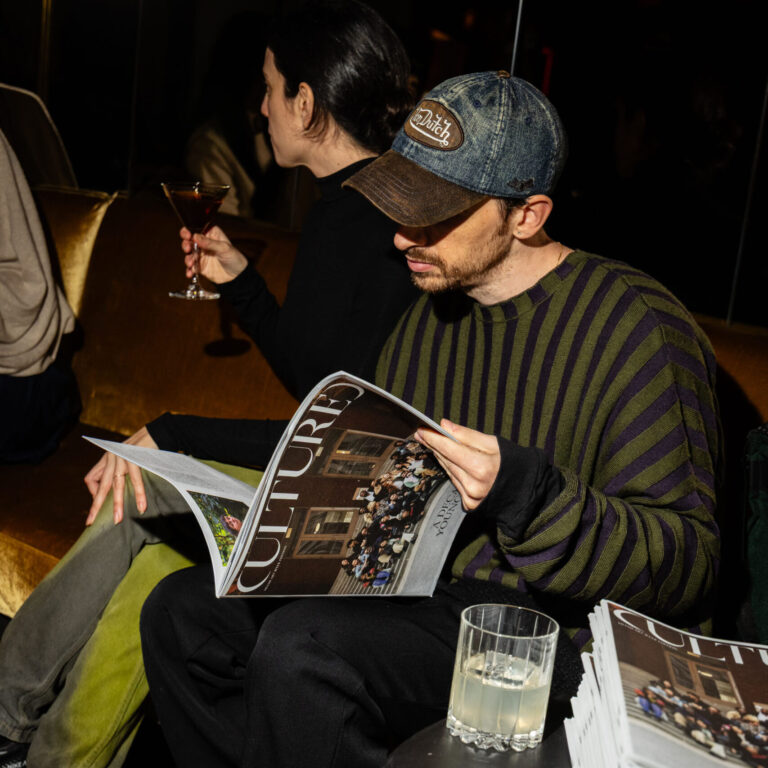

 in your life?
in your life?

